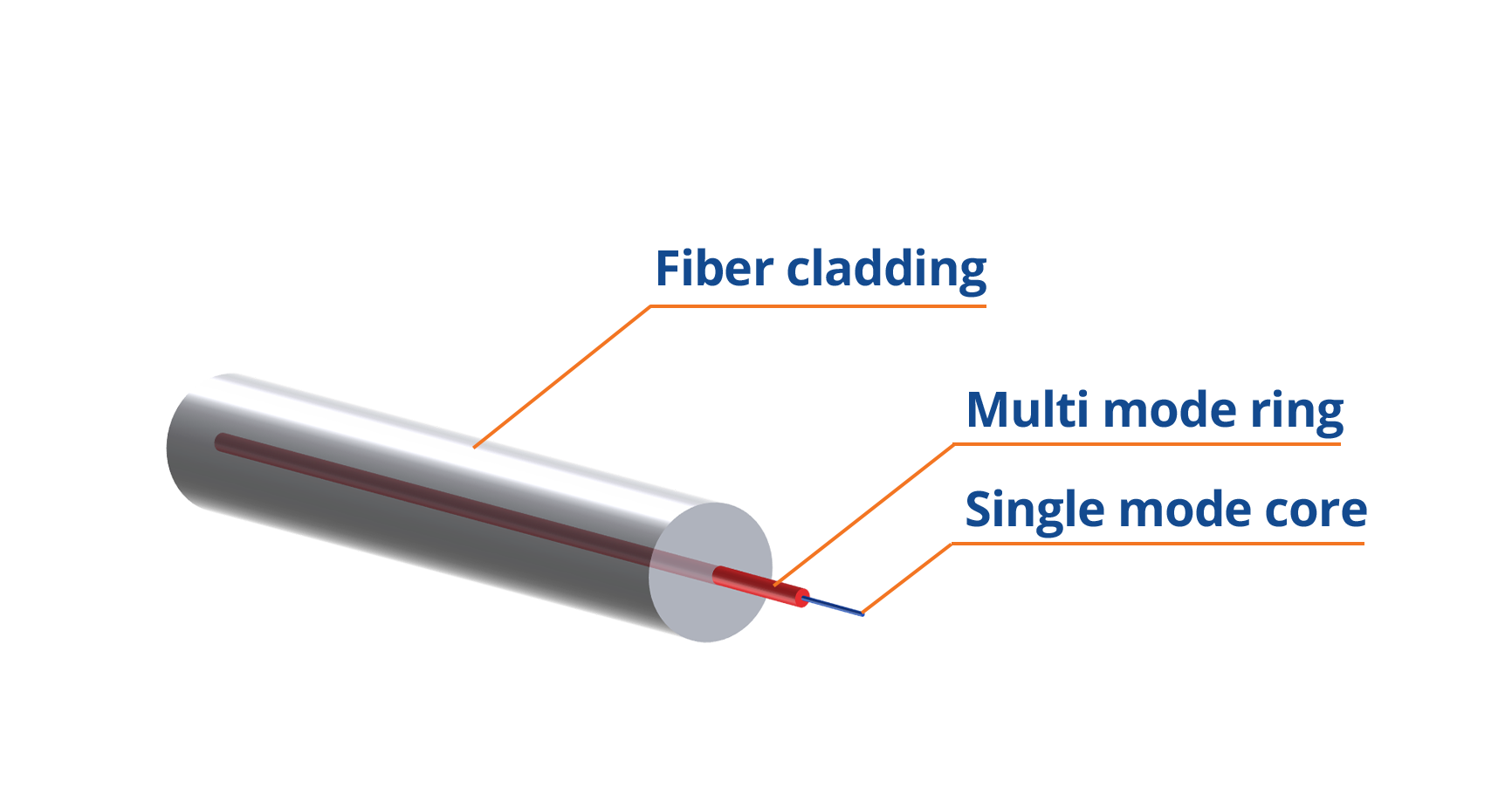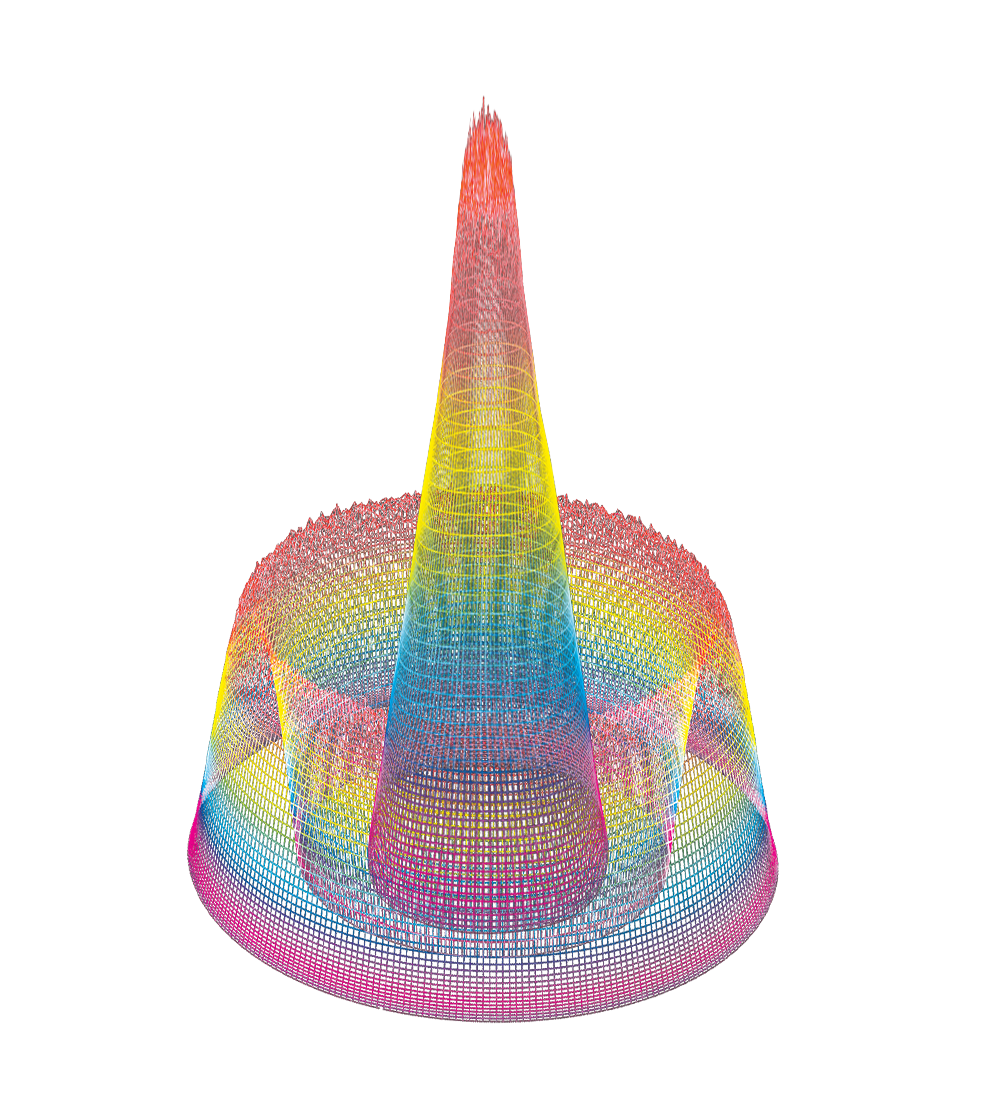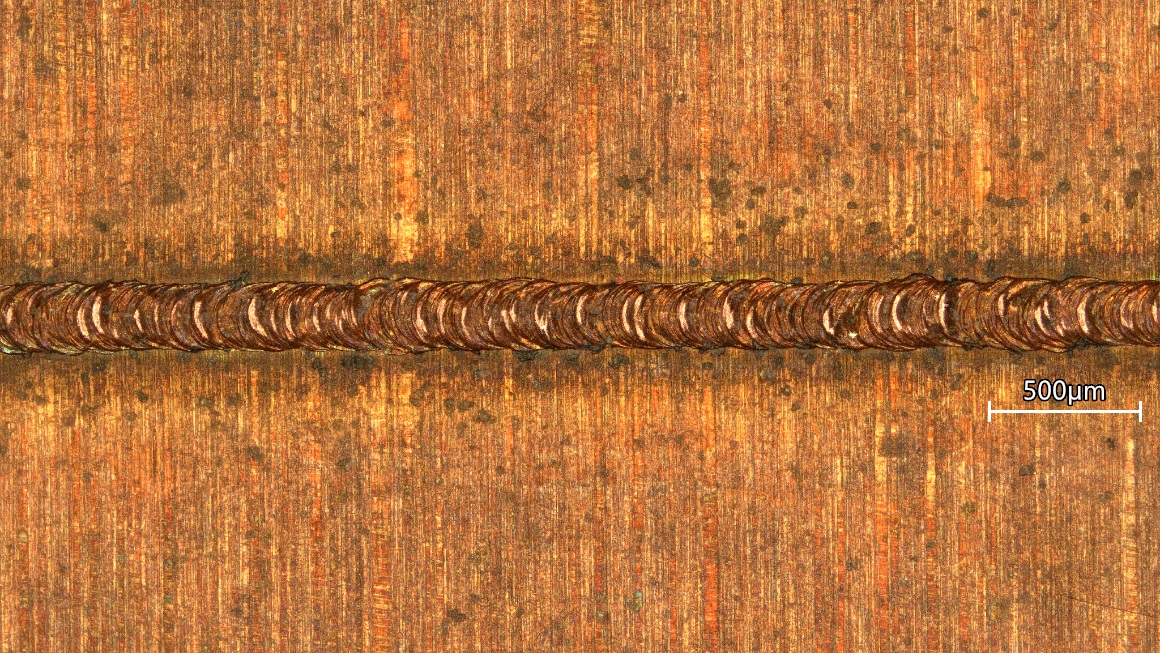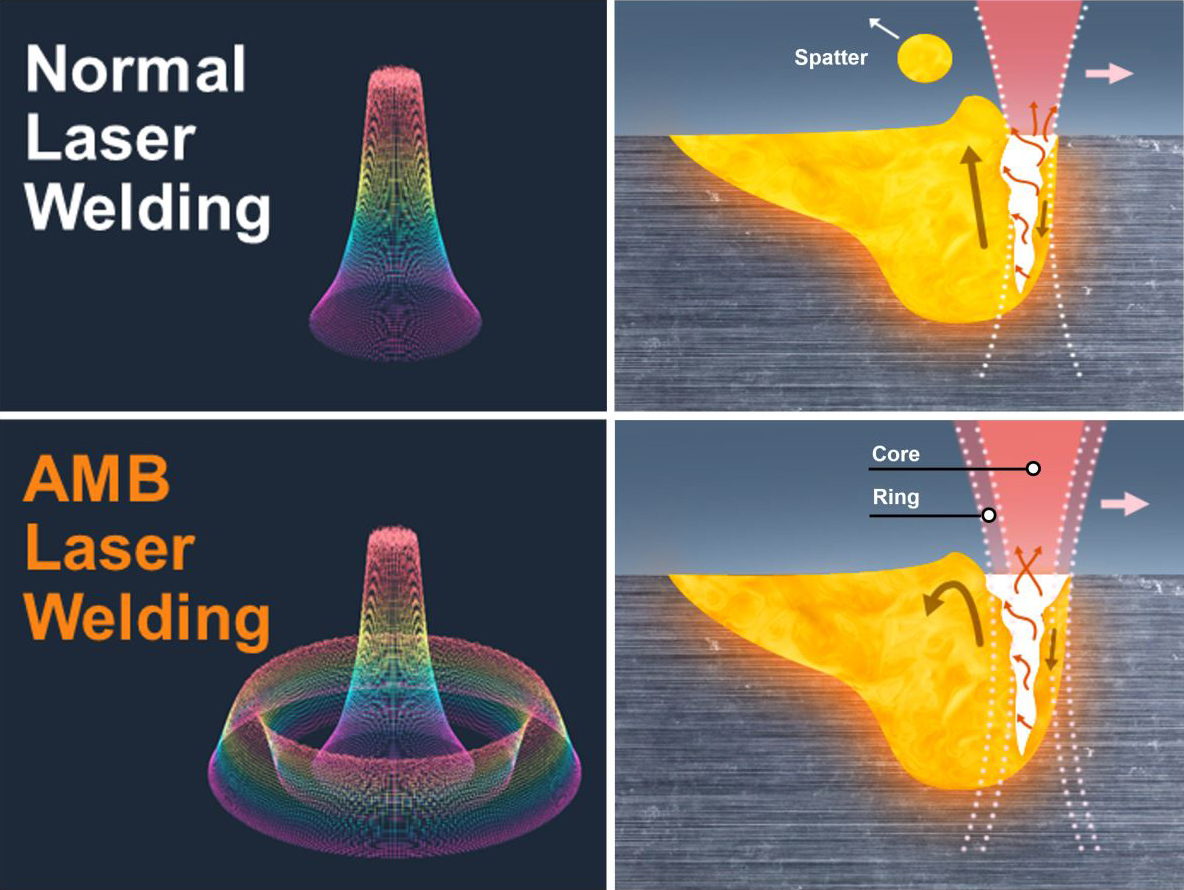
The specialty of the YLS-SM-AMB (Singlemode Adjustable Mode Beam) laser is the combination of a Single mode laser with the highest intensity and an outer ring-shaped beam. This unique structure allows independent and at the same time any setting of the two beams. For example, high-speed laser welding with the SM-AMB laser significantly reduces spatter and porosity, which cannot be achieved to this range with conventional methods. This technology guarantees a significant improvement in processes in all production areas.
Especially approved:




Depending on the application and customer concerns, each requirement presents a new challenge. Welding copper is a particular challenge. The image on the right shows a copper sample with an overlap weld seam produced by a single-mode laser at a welding speed of 30 m/min. The result shows an acceptable weld according to customer requirements.


The image on the left shows a weld seam on a similar copper sample with the same conditions. The difference to the previous weld is the active ring beam during the welding process. This prevents spatter from forming in the weld pool from the very beginning. The result is an even more uniform seam top bead, which leads to an ideal welding result.
In conventional laser welding, energy from the laser beam focused on the processing surface is absorbed by the workpiece and the material is melted locally. At high intensity, local evaporation sets in and a keyhole is formed. During this process, the metal vapor disappear through the capillary to the outside. This can result in spatter, which adheres to the substrate surface and contaminates the joining area.
